Welcome to Bayes@Lund 2015 – a Mini-conference on Bayesian Methods at Lund University, 10th of February, 2015
The purpose of this conference is to bring together researchers working with or interested in Bayesian methods. The focus will be on how Bayesian methods are used in research, what advantages Bayesian methods have over classical alternatives, and how the use and teaching of Bayesian methods can be encouraged. As last year the conference will include a number of short contributed talks. New for this year is that there will also be a hands on session which will introduce Bayesian Hierarchical Modelling.
Program
Click here to download the full program, including abstracts of all the talks.
09.15–11.00 Pre-conference hands on session Introduction to Bayesian Hierarchical Modelling. (In room EC1:369)
11.15–12.30 Welcome & Session 1: Foundations, Pedagogy and Pollen
– Bayes from a frequentist point of view, Krzysztof Podgorski, Departement of Statistics, Lund University
– Teaching Bayesian data analysis in psychology, Geoffrey R. Patching, Department of Psychology, Lund University
– Lindley’s paradox, Bengt Ringnér, Mathematical Statistics, Lund University
– Pollen based spatial reconstruction of past land cover, Behnaz Pirzamanbin et al., Mathematical Statistics, Lund University
12.30–13.15 Sandwich Lunch in the lobby (free, but registration is required)
13.15–14.15 Keynote speaker: Mattias Villani, Linköping University – Bayesian model inference – why, what and how?
14.30–15.45 Session 2: Computation, Cells and Socks
– Tiny data, approximate Bayesian Computation and the socks of Karl Broman, Rasmus Bååth, Lund University Cognitive Science
– Data-Cloning ABC for (approximate) maximum likelihood estimation, Umberto Picchini, Mathematical Statistics, Lund University
– Joint cell population identification through Bayesian hierarchical modeling, Kerstin Johnsson, Centre for Mathematical Sciences, Lund University
– Distributing a collapsed sampler for topic models, Måns Magnusson et al., Lindköping Universit
15.45–16.15 Coffee and Cake
16.15–17.30 Session 3: Belief, Money and the Moose Population
– Estimation of local moose population using Bayesian hierarchical modelling, Jonas Wallin, Matematiska vetenskaper, Chalmers
– Performance of Bayesian prediction of treatment differences using a two-factor linear mixed-effects model, Johannes Forkman, SLU
– Bayesian estimation of optimal portfolio, Stepan Mazur, Department of Statistics, Lund University
– How Bayesian belief networks can help save the world, Ullrika Sahlin, Centre for Environmental and Climate Research, Lund University
The post-conference discussion will be held at restaurant Ha Long (Östra Mårtensgatan 19).
For more info, contact
Rasmus Bååth, Lund University Cognitive Science, Department of Philosophy: rasmus.baath [at] lucs.lu.se
Ullrika Sahlin, Lund University Centre of Environmental and Climate Research: ullrika.sahlin [at] cec.lu.se
If you want to get notified of other events at Lund University that relates to Bayesian methods consider subscribing to the Bayes@Lund mailing list at http://www.lucs.lu.se/bayes/
Acknowledgement
The organizing comitee of this year’s Bayes@Lund consists of:
- Ullrika Sahlin at Lund University Centre of Environmental and Climate Research
- Rasmus Bååth at Lund University Cognitive Science
- Krzysztof Podgorski at Department of Statistics
- Paul Caplat at Lund University Centre of Environmental and Climate Research
We are deeply grateful to the Department of Statistics, School of Economics and Management for financial support of this event!


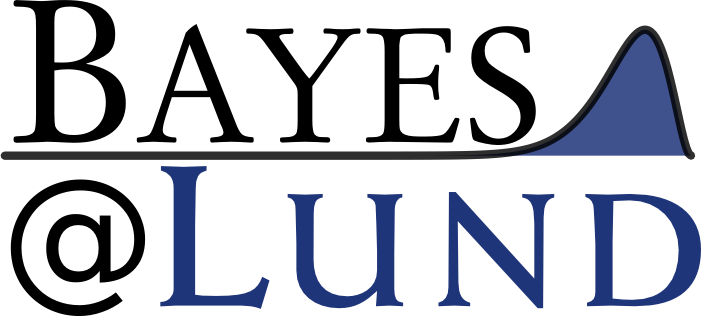
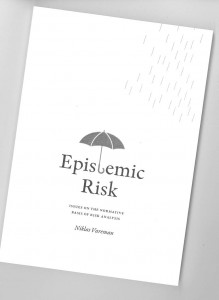
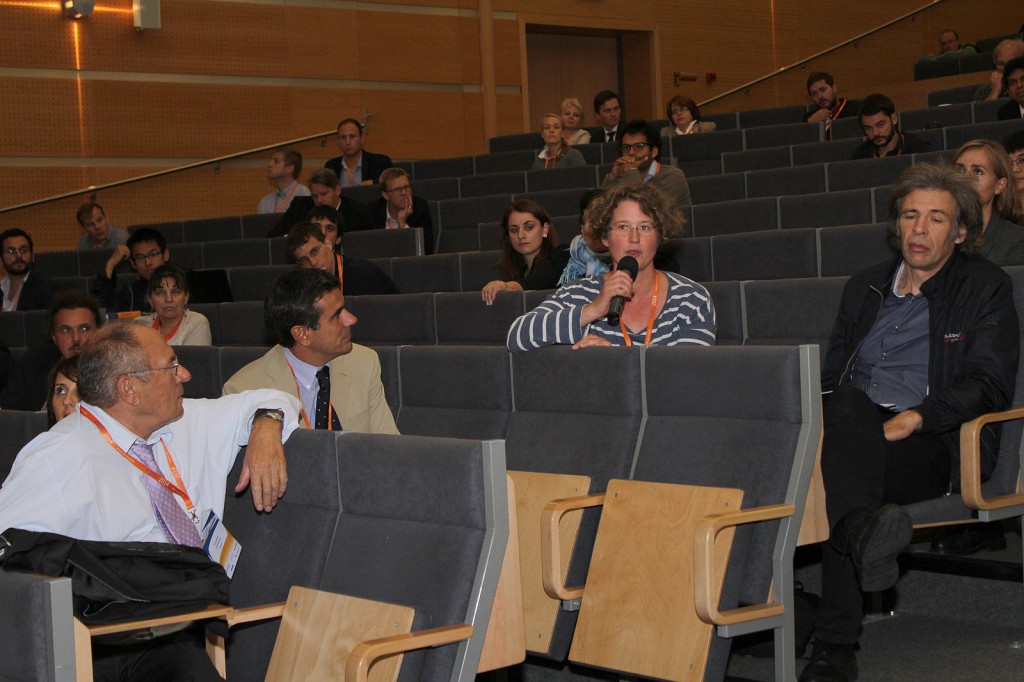

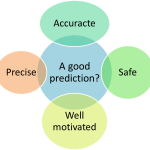
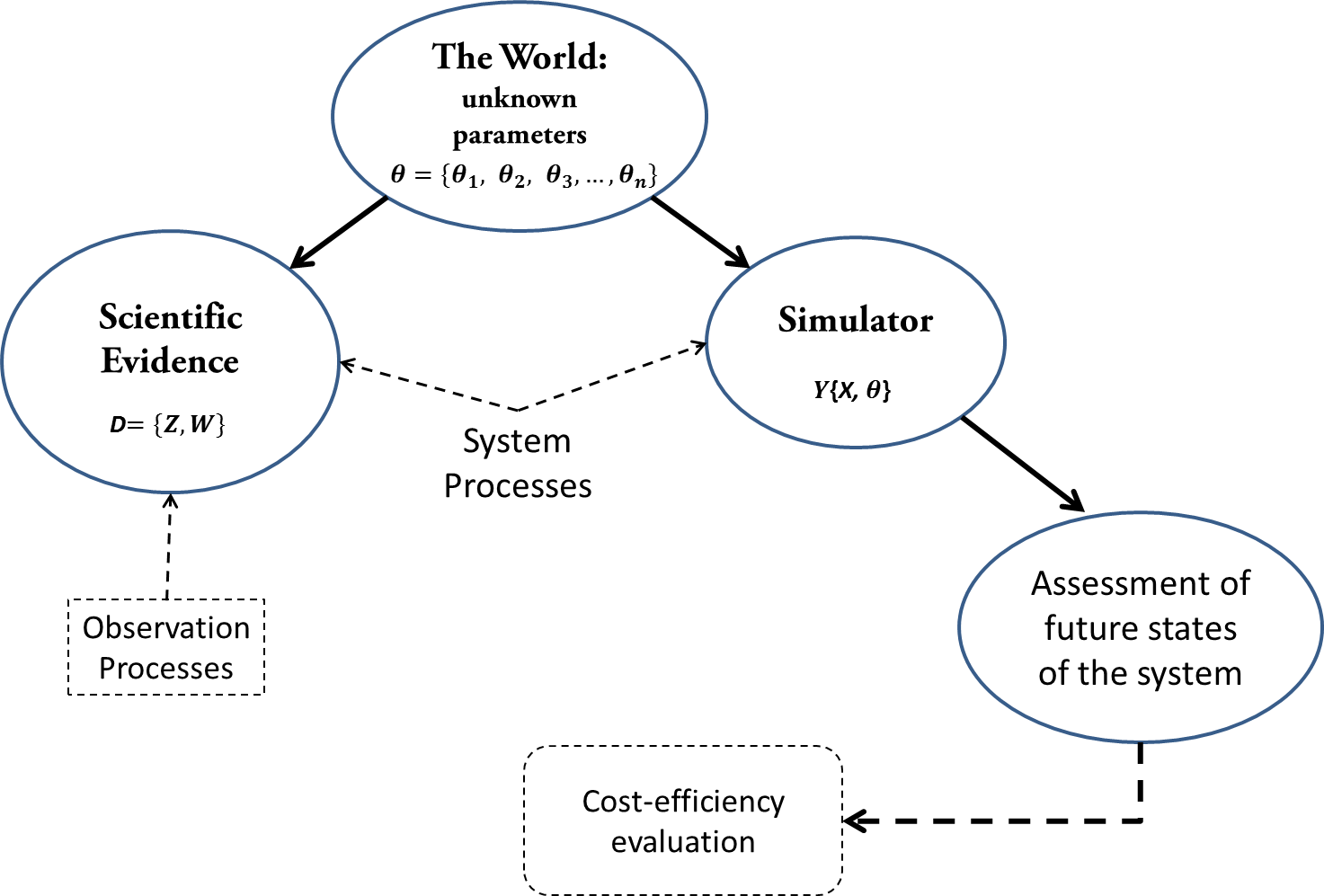
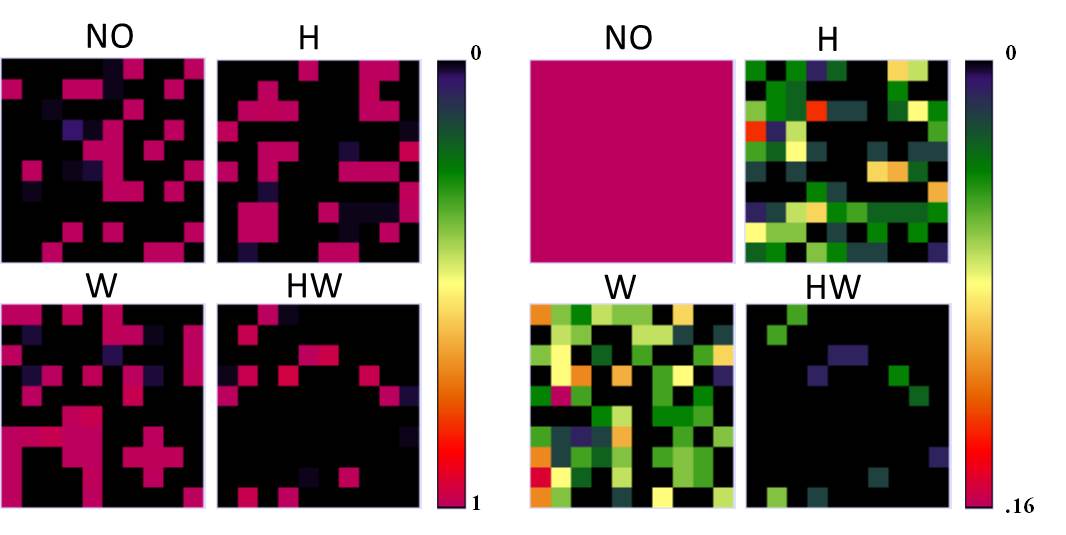
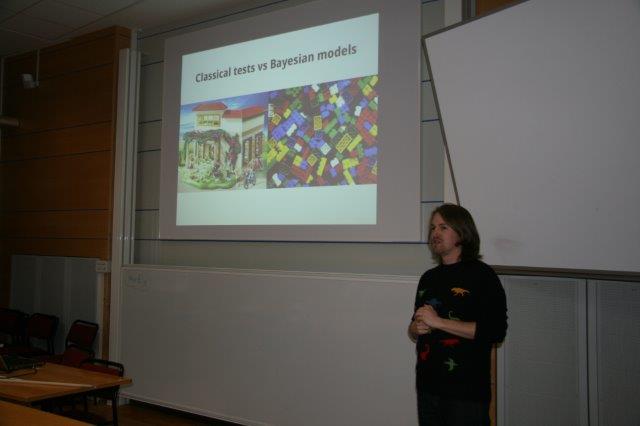
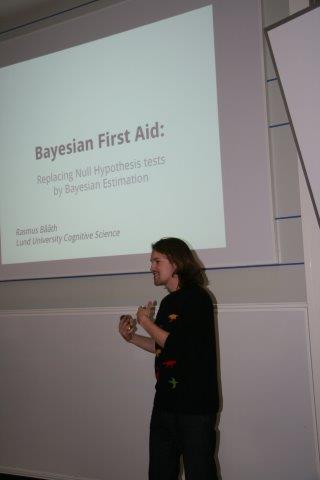
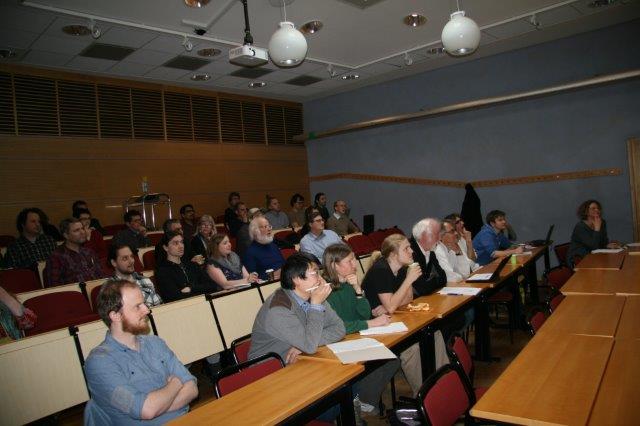
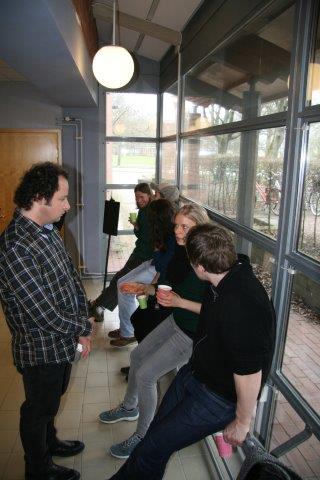
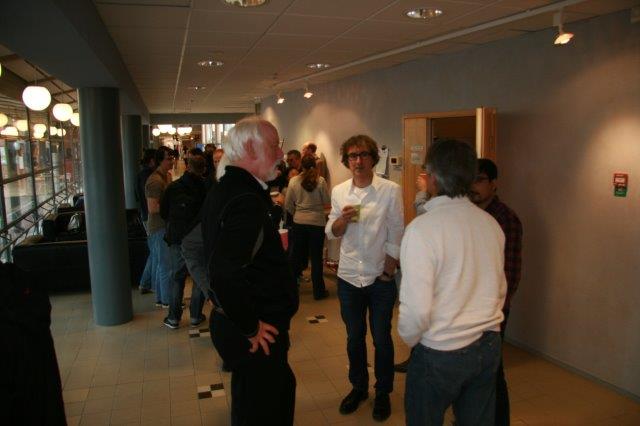
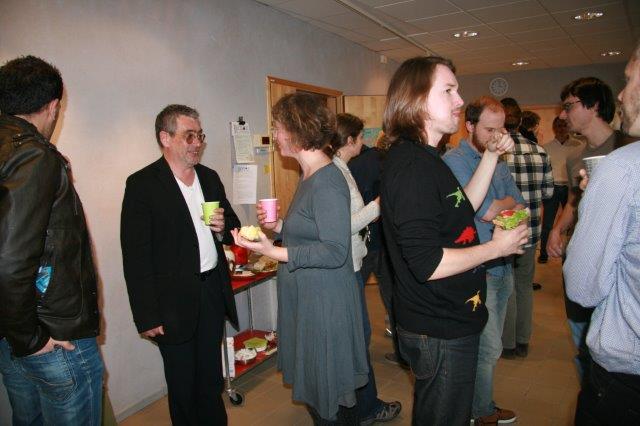
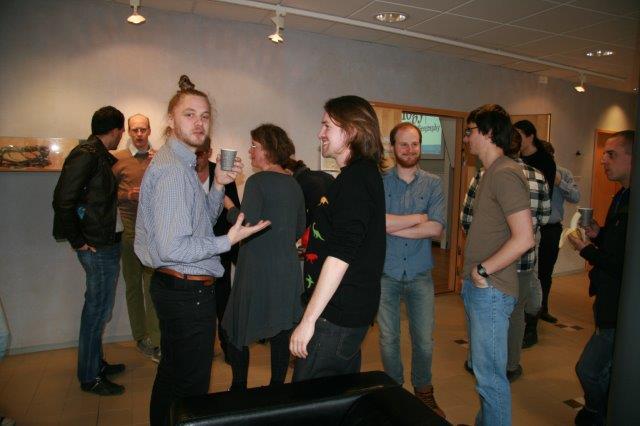
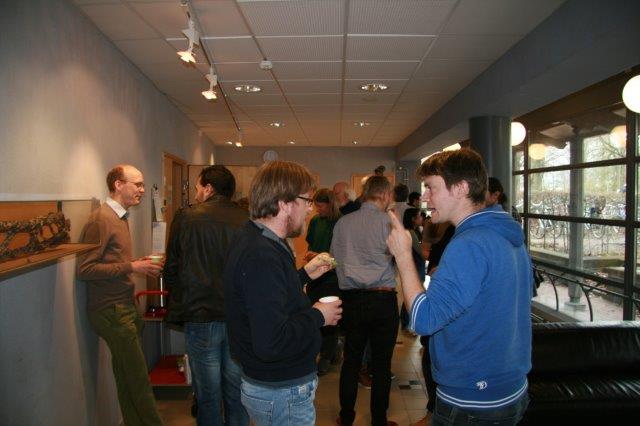
Comments